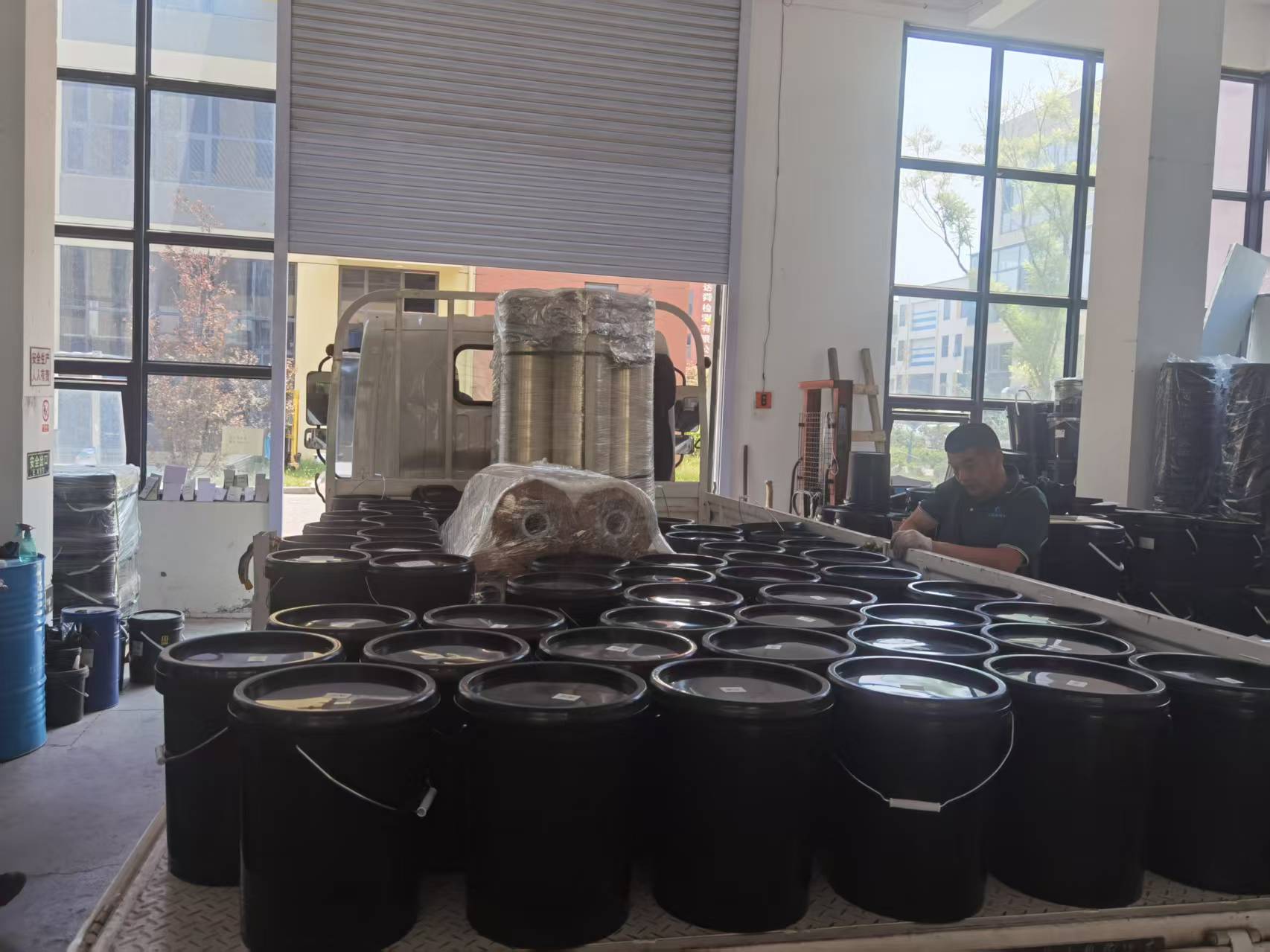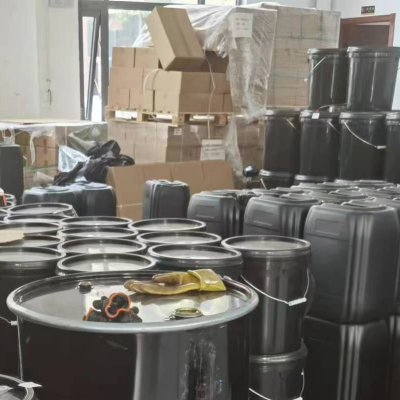Selecting the appropriate UV adhesive resistant to yellowing and determining its curing time
Selecting UV adhesives resistant to yellowing requires comprehensive consideration of multiple factors, including application scenarios, material compatibility, curing conditions, and performance requirements.
Define Application Scenarios
• Long-term outdoor exposure: Such as architectural films and automotive exteriors, where UV aging resistance is paramount
• Indoor precision electronics: Such as electronic tags and membrane switches, where low VOC and cleanliness are prioritized
• Handcrafted items: e.g., woven hemp, jewelry—emphasize transparency and ease of use
Consider the Materials Being Bonded
• Glass/Metal: Select universal UV adhesives, e.g., Ergo 8500
• Acrylic/Plastic: Use specialized formulations, e.g., Weili 3018
• Silicone components: Choose UV silicone adhesives, e.g., Henkel Loctite 5056
Evaluate Yellowing Resistance
• Resin type: Prefer fully acrylic or aliphatic polyurethane acrylates; avoid aromatic structures
• Additive formulation: Confirm inclusion of benzotriazole light stabilizers and antioxidants
• Yellowing coefficient: Request ΔE yellowing test data from suppliers
Match curing conditions
• Light source type: Ensure compatibility with existing UV equipment wavelengths (e.g., UV-A, UV-B)
• Curing Speed: Select appropriate speed based on production rhythm to avoid stress from excessive speed or efficiency loss from slowness
• Curing Temperature: Choose low-temperature LED UV lamps to reduce thermal oxidation risks for heat-sensitive materials
Consider Other Performance Requirements
• Bond Strength: Select appropriate strength grade based on application scenario
• Transparency Requirement: For optical applications, choose products with light transmittance ≥98%
• Temperature range: Ensure stability within -40°C to 120°C based on operating environment
• Environmental certifications: Prioritize SGS and ROHS certified products
Brand and reputation selection
• Reputable brands: Preferably Henkel Loctite, ergo, Guangzhan Adhesive Industry, etc., for consistent quality and robust technical support
• User reviews: Refer to authentic e-commerce platform evaluations to understand real-world performance
• Technical Support: Select suppliers offering technical consultation and sample testing
Small-Batch Testing and Validation
• Practical Simulation: Conduct small-batch trials when conditions permit
• Accelerated Aging Tests: Evaluate long-term performance through UV exposure, thermal cycling, etc.
• Parameter Adjustment: Optimize curing conditions and product selection based on test results
This systematic selection process ensures the chosen UV adhesive with yellowing resistance fully meets specific application requirements.
The curing time for yellowing-resistant UV adhesives typically ranges from several seconds to several minutes, depending on multiple factors such as adhesive type, UV lamp power, irradiation distance, and the characteristics of the bonded materials.
Generally, when exposed to a 1000W UV lamp, some yellowing-resistant UV adhesives may achieve tack-free cure in just a few seconds, with full cure occurring in approximately 10 seconds. For example, DYMAX's 9-20557-LV UV adhesive cures in under 1 second at an irradiance of 200mW/cm², but requires over 8.5 seconds at 10W/cm².
When using lower-power UV lamps, curing times correspondingly increase. For instance, with a 250W UV lamp, some yellowing-resistant UV adhesives require 15-30 seconds for initial setting and approximately 120 seconds for full cure. Additionally, certain yellowing-resistant UV adhesives can cure under natural light, though this process takes significantly longer—potentially several hours or more.
In practical applications, the optimal curing time should be determined by referring to the specific product instructions for the UV adhesive, while considering the actual curing equipment and process conditions. This ensures the adhesive achieves optimal bonding performance and yellowing resistance.







